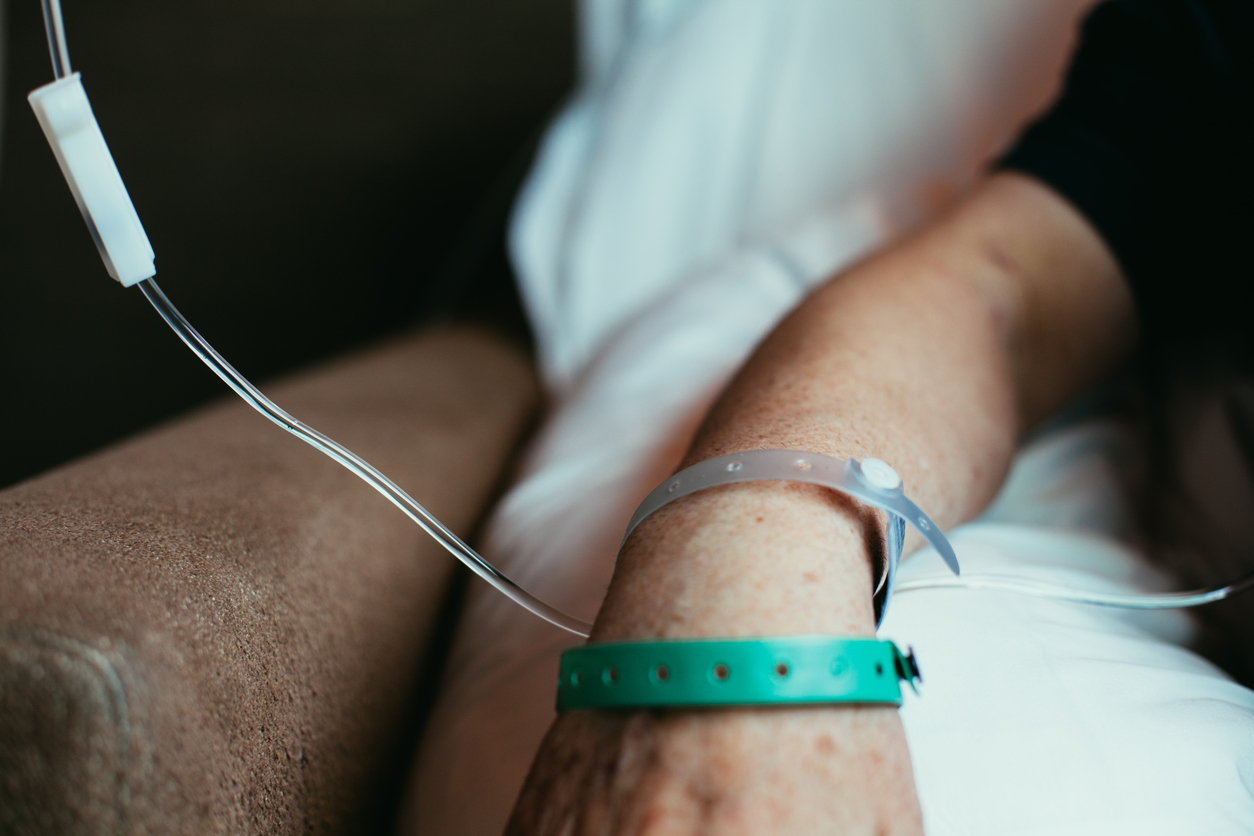
PHE, in partnership with Cancer Research UK, have published new data showing how chemotherapy, radiotherapy and surgery rates vary for different groups of patients in England.
Last year, data from the National Cancer Registration and Analysis Service (NCRAS) was used for the first time to show the proportion of patients receiving the three main cancer treatments in England.
Now, we can see how these rates vary across different stages of disease, ages, sexes, ethnic groups, levels of deprivation and geographies. We have also created an easy to navigate online tool for viewing and downloading the data.
These figures will help us to understand how cancer treatment varies for different groups of patients and in different parts of England, in order to support the provision of services in the NHS.
Importantly, the figures are not adjusted, which means they could be masking other factors behind apparent inequalities. For example, fewer older patients appear to have the three main cancer treatments, compared to younger patients.
This could reflect the fact that older patients are more likely to already have other diseases, which could mean some treatments are not an option. Further statistical analysis is already underway to unpick which factors are driving this pattern.
So while we need to be cautious about our conclusions, this data is a gateway to a deeper understanding of cancer treatment inequalities in England.
To begin with, we have collected our top 7 insights below:
-
Fewer older patients receive chemotherapy, radiotherapy and surgery for their tumour
Across all cancer sites combined, the proportion of patients treated with chemotherapy, radiotherapy and surgery falls as the patients get older. As an example, the proportion with chemotherapy falls from 34% among patients diagnosed aged 60-69 years to 9% among those diagnosed aged 80+.
-
Fewer patients living in more deprived areas receive surgery for their tumour
To understand how treatment changes by deprivation, we divided the population into five groups, or quintiles, using a measure of income based on where the person lives.
This showed us that patients in more deprived areas have substantially less surgery (40% of patients in the most deprived quintile receive surgery, compared to 48% of those in the least deprived quintile). We found that this difference by deprivation does depend on the type of cancer that the patient is diagnosed with, for example, it appears to be more influential among patients with rectal cancer.
-
Fewer females receive chemotherapy, radiotherapy and surgery for their tumour than males
Certain cancer types occur more commonly or exclusively in the different sexes, for example breast and prostate cancers. These drive differences in treatments overall, making all three treatments appear less common in males. After excluding these cancers (breast, cervical, ovary, prostate, uterine, vulva), females in fact receive less radiotherapy, chemotherapy and surgery overall than males.
-
More non-White patients have chemotherapy and surgery than White patients
Chemotherapy and surgery were more common among non-White patients than White patients, although more research is needed to understand why. Treatment rates were lower for patients whose ethnicities were unknown, and this group may actually include a large proportion of non-white patients.
If a true difference exists between white and non-white patients, it could be driven by differing age distributions, whereby the non-White population is generally younger. For certain sites, such as breast cancer, differences may also be driven by cancer biology.
-
Fewer patients with multiple comorbidities have chemotherapy, radiotherapy and surgery
We used a measure called the Charlson comorbidity index. It is a measure of the presence and severity of diseases that a patient has prior to their cancer being diagnosed.
We found that for patients with a higher index, fewer received treatment, particularly chemotherapy and surgery. Overall across the sites, a substantial higher proportion of those with no comorbidities receive chemotherapy, radiotherapy and surgery (31%, 29% and 48% respectively) compared to those with one comorbidity (22%, 23%, 36%).
-
Compared to patients diagnosed with late stage cancer, fewer patients diagnosed with early stage cancer have chemotherapy, and higher proportions have surgery
Stage at diagnosis is a very important factor affecting the treatment options available to the patient. More than double the proportion of patients with early stage disease had surgery (68%) compared to patients with late stage disease (28%), and half the proportion were treated with chemotherapy (20%) compared to patients with late stage tumours (42%).
-
Across England, there are differences in the proportion of patients receiving cancer treatments, and the reasons for this are complex
In order to support local provision of services in the NHS we must understand the local picture. We have published these results at a sub-national geography which we call Cancer Alliances. These Cancer Alliances bring together those leading the local delivery of improving cancer service, including local senior clinical and managerial leaders, to represent the whole cancer patient pathway across that specific geographic area. In doing this we can see that the proportion of patients receiving the three treatments types varies across the country.
There are a number of possible reasons for this variation, for example the characteristics of the Cancer Alliance's population could be different to England overall, the sample size could be small meaning figures are affected by random variation, or there could be more or less missing data for that Cancer Alliance compared to England overall.
The next steps
This piece of work opens up further opportunities for teams, both within PHE and our external collaborators, to look at the variation in treatments in granular detail. We need to understand and address the causes of variation in order to improve outcomes for patients with cancer.
